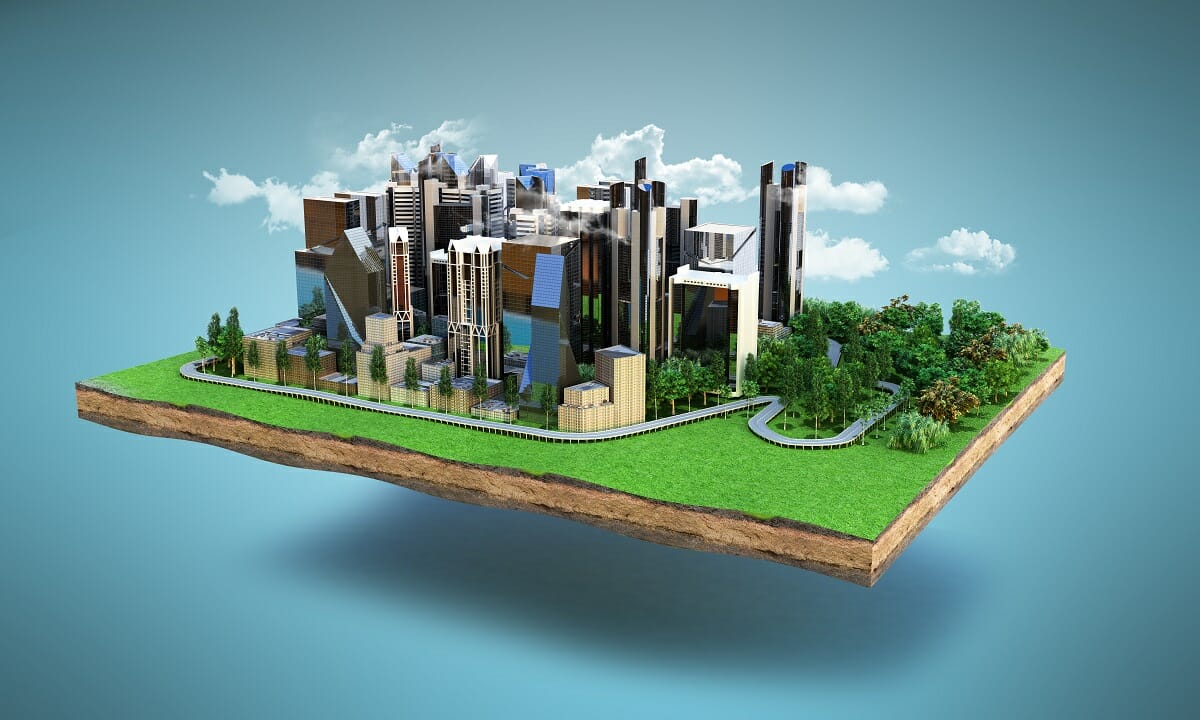The Future of Real Estate: Patterns and Opportunities to View
As the realty landscape evolves, it ends up being significantly important to comprehend the arising fads and possibilities that will define the sector in the coming years. Technological advancements are improving transactional procedures, while a growing emphasis on sustainability mirrors transforming customer priorities. Furthermore, market shifts and the increase of remote work are affecting housing choices, particularly in suburbs. With these characteristics at play, a more detailed exam of the techniques and adaptations needed for success exposes intriguing possibilities that could improve investment strategies and market actions.
Technological Developments in Real Estate
In current years, the actual estate market has welcomed a wave of technological innovations that are changing typical methods. One of the most notable innovations is the increase of huge information analytics, which allows real estate professionals to analyze market trends, forecast building values, and determine financial investment possibilities with unprecedented accuracy.
In addition, virtual truth (VIRTUAL REALITY) and boosted reality (AR) innovations are changing home advertising by supplying immersive experiences for possible buyers and occupants. These devices enable customers to conduct online excursions of homes, consequently streamlining the search procedure and boosting client engagement. Blockchain technology is getting grip as a method to protect deals and maintain transparent documents, thus reducing scams and expediting the closing process.
Smart home innovations are additionally becoming progressively widespread, making it possible for house owners to keep track of and manage their homes from another location (Real Estate Lockhart). Jointly, these technical technologies are improving the landscape of property, promoting a much more efficient, clear, and customer-centric sector
Need for Sustainable Properties
As consumers increasingly prioritize ecological obligation, the demand for lasting properties has actually surged in the actual estate market. This change mirrors a broader societal trend toward sustainability, with buyers and capitalists seeking homes that lessen environmental effect while making best use of energy effectiveness. Attributes such as photovoltaic panels, energy-efficient home appliances, and lasting structure products are now checked out as essential instead than optional.

Additionally, the increase of eco-friendly areas, which focus on walkability and accessibility to mass transit, additionally emphasizes this trend. These growths interest ecologically conscious buyers and promote a much healthier way of life.
As the demand for sustainable residential properties remains to rise, market stakeholders must adapt to these expectations. By prioritizing and embracing cutting-edge practices sustainability, the genuine estate field can not only fulfill customer need but additionally add to a much more lasting future.
Changing Purchaser Demographics

In addition, the maturing populace is improving demand for real estate. Baby boomers are looking for scaled down houses that supply access and low maintenance, typically favoring city settings with neighboring features. This change requires a concentrate on multi-generational real estate remedies that fit differing demands.
Moreover, social diversity is playing an essential duty in actual estate trends. As these demographic changes proceed to advance, genuine estate specialists must adapt their strategies to attend to the demands of these different purchasers (Real Estate Lockhart).
Rise of Remote Job Impact
Increasingly, the surge of remote job is transforming the realty landscape, motivating substantial shifts in customer preferences and area options. As try this web-site workers enjoy the flexibility of functioning from home, many are reevaluating their property demands, leading to a surge sought after for buildings in country and suburban areas. This trend is primarily driven by the need for even more spacious living settings that can accommodate office and a much better lifestyle.
Additionally, urban facilities, as soon as the centerpiece for buyers, are seeing a gradual decrease popular as people focus on cost and accessibility to nature. As a result, property developers and capitalists are moving their focus toward buildings that provide home workplace areas, outside services, and proximity to important solutions.
This progressing landscape requires a reevaluation of typical market strategies. Real estate specialists should adapt to the altering choices of customers, highlighting the importance of lifestyle factors in their advertising approaches. On top of that, building contractors are progressively prioritizing flexible flooring plans that satisfy the twin requirements of living and working, making sure that they continue to be affordable in a rapidly altering market. The ramifications of remote deal with actual estate are profound, forming future patterns and chances.
Financial Investment Opportunities in Emerging Markets
Financial investment chances in emerging markets are constantly bring in interest from genuine estate investors looking for diversity and growth possibility. These markets, defined by fast economic growth, boosting urbanization, and a growing center class, present one-of-a-kind prospects for smart financiers. Countries in Southeast Asia, Africa, and Latin America are witnessing considerable framework improvements and positive government policies, which better boost their charm.
Property sectors such as residential, business, and logistics are experiencing increased demand as a result of metropolitan migration and advancing customer preferences. Notably, cities like Ho Chi Minh City, Nairobi, and Medellín are coming to be hotspots for financial investment as a result of their broadening economic climates and younger demographics.
Capitalists need to carry out complete market analyses to determine vital fads, such as changes in populace dynamics and economic security, which can affect residential or commercial property values. In addition, collaborations with neighborhood property firms can promote effective entry and navigating in these markets.
However, it's important to be mindful of possible threats, including political instability and regulative challenges. By weighing these factors and taking on a long-lasting viewpoint, investors can effectively profit from the profitable possibilities emerging in these creating regions.

Final Thought
In conclusion, the future of actual estate will be substantially influenced by technological improvements, an expanding emphasis on sustainability, and progressing purchaser demographics. Navigating this changing landscape will call for calculated collaborations and an eager understanding of market characteristics to take advantage of on the fads shaping the sector.
As the real estate landscape advances, it ends up being progressively important to comprehend the arising useful link patterns and possibilities that will certainly define the industry in the coming years. One of the most notable technologies see is the increase of big information analytics, which enables real estate professionals to evaluate market patterns, forecast residential property worths, and identify investment chances with extraordinary accuracy.As consumers significantly prioritize ecological obligation, the demand for lasting homes has surged in the actual estate market. The implications of remote job on real estate are profound, forming future trends and possibilities.
Financial investment chances in emerging markets are consistently attracting attention from genuine estate investors seeking diversity and growth possibility.